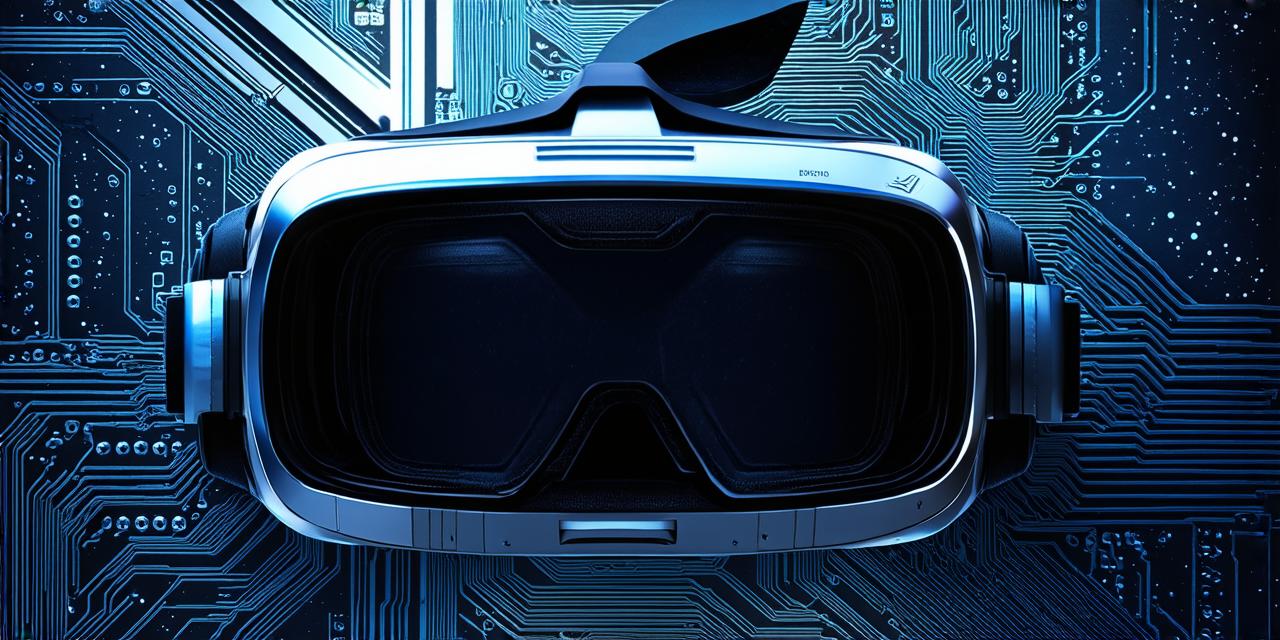Virtual reality (VR) technology has been around for decades, but it’s only in the last few years that VR headsets have become more accessible and affordable.
The Beginning of Virtual Reality
Virtual reality technology can be traced back to the 1960s, when researchers at the University of Utah developed the first VR system called “Sword of Damocles.” This system used a large-screen display mounted above the user’s head and a pair of mirrors to create the illusion of being in a virtual environment.
In the 1970s, researchers at Stanford University created another early VR system called “The Computer Generated Environment for Interactive Telerobotics” (CGEIT). This system used a pair of head-mounted displays and a set of sensors to track the user’s movements and create a realistic virtual environment.

In the 1980s, VR technology began to see more widespread adoption in military and scientific research applications. One notable example is the “Flight Simulator,” which was developed by Microsoft in the late 1980s. The Flight Simulator used a VR headset to create an immersive flying experience for pilots.
The Evolution of Virtual Reality Headsets
In the early 2000s, VR technology took a step forward with the introduction of more advanced headsets, such as the “HMDS” (Head-Mounted Displays). These headsets used high-resolution displays and advanced tracking technologies to create a more realistic virtual environment.
In 2010, the Oculus VR was released, which revolutionized the VR industry by introducing wireless connectivity and a user-friendly interface. The Oculus VR quickly gained popularity among gamers and developers alike and paved the way for future advancements in VR technology.
In 2016, the Samsung Gear VR was released, which combined advanced display technology with an intuitive operating system to create a seamless VR experience. The Samsung Gear VR also featured built-in sensors that allowed for more accurate tracking of the user’s movements.
The Future of Virtual Reality Headset Technology
Today, virtual reality headsets continue to evolve and improve, with new technologies such as eye-tracking and haptic feedback adding even more depth to the VR experience. One of the most promising developments in VR technology is the integration of augmented reality (AR) into VR headsets.
AR technology allows users to interact with virtual objects in the real world, creating a more immersive and interactive experience. For example, an AR-enabled VR headset could be used in a medical training application to allow doctors to practice surgeries in a realistic environment without risking patient safety.
Another area where VR technology is making a significant impact is in the world of entertainment. VR headsets are being used to create immersive gaming experiences, as well as virtual concerts and movies that transport users into new worlds.
Case Studies in Virtual Reality Headset Technology
One example of the power of VR headset technology is the use of VR in the field of medicine. Researchers at the University of California, San Francisco (UCSF) have been using VR technology to treat patients with anxiety disorders and post-traumatic stress disorder (PTSD). In a study published in the Journal of Nervous and Mental Disease, researchers found that VR therapy was as effective as traditional cognitive behavioral therapy (CBT) in reducing symptoms of anxiety and PTSD.
